THE CROKE PARK HOTEL JONES'S ROAD 2021 PHOTO DIARY
This hotel hotel enjoys a unique location - just steps away from the historic and world-famous Croke Park Stadium, the spiritual home of Ireland’s native Gaelic games and one of the city’s leading venues for international conferences and headline concerts.
The area now known as Croke Park was owned in the 1880s by Maurice Butterly and known as the City and Suburban Racecourse, or Jones' Road sports ground. From 1890 it was also used by the Bohemian Football Club. In 1901 Jones' Road hosted the IFA Irish Cup football final when Cliftonville defeated Freebooters.
Recognising the potential of the Jones' Road sports ground a journalist and GAA member, Frank Dineen, borrowed much of the £3,250 asking price and bought the ground in 1908. In 1913 the GAA came into exclusive ownership of the plot when they purchased it from Dineen for £3,500. The ground was then renamed Croke Park in honour of Archbishop Thomas Croke, one of the GAA's first patrons.
In 1913, Croke Park had only two stands on what is now known as the Hogan stand side and grassy banks all round. In 1917, a grassy hill was constructed on the railway end of Croke Park to afford patrons a better view of the pitch. This terrace was originally known as Hill 60, after the Battle of Hill 60 during the Great War. Some decades later, it was later renamed Hill 16 and a myth allowed to develop that it was built from the ruins of the Easter Rising.
In the 1920s, the GAA set out to create a high capacity stadium at Croke Park. Following the Hogan Stand, the Cusack Stand, named after Michael Cusack from Clare (who founded the GAA and served as its first secretary), was built in 1927. 1936 saw the first double-deck Cusack Stand open with 5,000 seats, and concrete terracing being constructed on Hill 16. In 1952 the Nally Stand was built in memorial of Pat Nally, another of the GAA founders. Seven years later, to celebrate the 75th anniversary of the GAA, the first cantilevered "New Hogan Stand" was opened.
The highest attendance ever recorded at an All-Ireland Senior Football Championship Final was 90,556 for Offaly v Down in 1961. Since the introduction of seating to the Cusack stand in 1966, the largest crowd recorded has been 84,516.
During the Irish War of Independence on 21 November 1920 Croke Park was the scene of a massacre by the Royal Irish Constabulary (RIC). The Police, supported by the British Auxiliary Division entered the ground, shooting indiscriminately into the crowd killing or fatally wounding 14 during a Dublin-Tipperary Gaelic football match. The dead included 13 spectators and Tipperary's captain, Michael Hogan. Posthumously, the Hogan stand built in 1924 was named in his honour. These shootings, on the day which became known as Bloody Sunday, were a reprisal for the assassination of 15 people associated with the Cairo Gang, a group of British Intelligence officers, by Michael Collins's 'squad' earlier that day.
This hotel hotel enjoys a unique location - just steps away from the historic and world-famous Croke Park Stadium, the spiritual home of Ireland’s native Gaelic games and one of the city’s leading venues for international conferences and headline concerts.


-
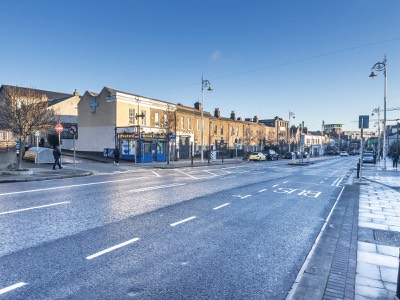
MANOR STREET
-
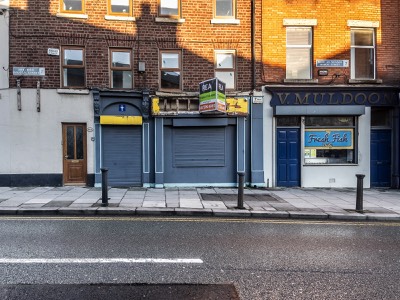
PRUSSIA STREET
-
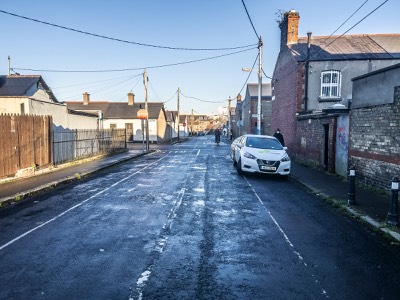
HALLIDAY ROAD
-
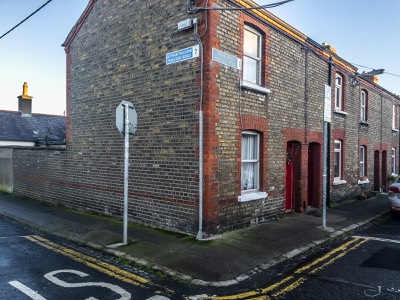
BEN EDAIR ROAD
-
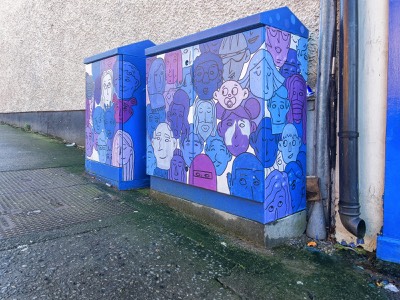
KIRWAN STREET
-
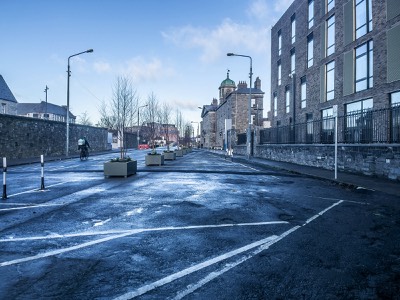
LOWER GRANGEGORMAN
-
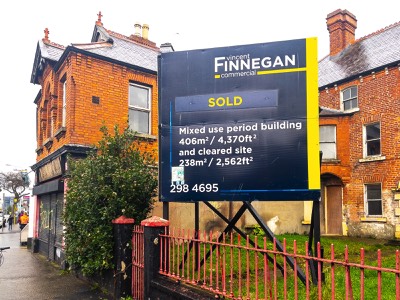
HAROLD'S CROSS ROAD
-
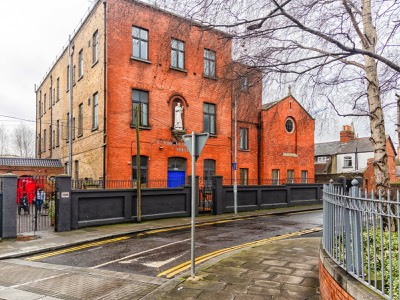
BACK LANE
-
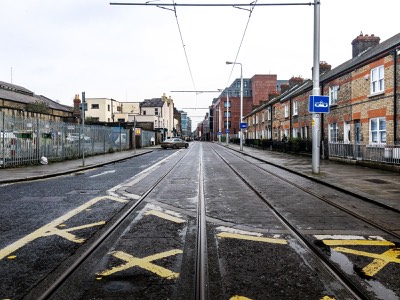
CHANCERY STREET
-
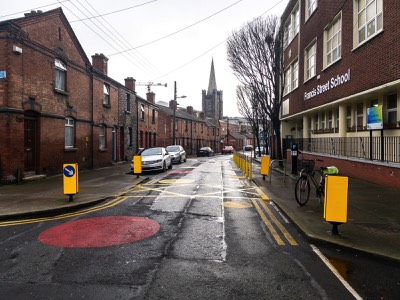
JOHN DILLON STREET
-
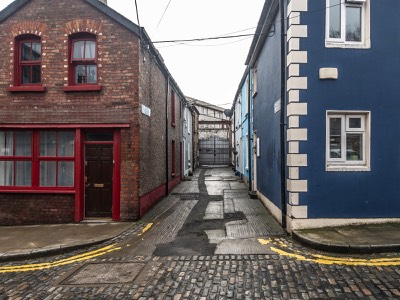
HANOVER LANE
-

FRANCIS STRET
-
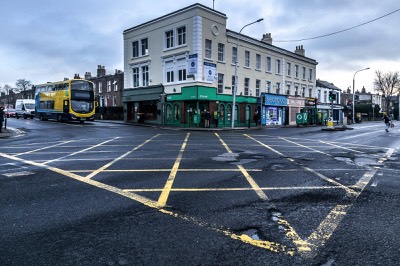
UPPER CLANBRASSIL ST
-
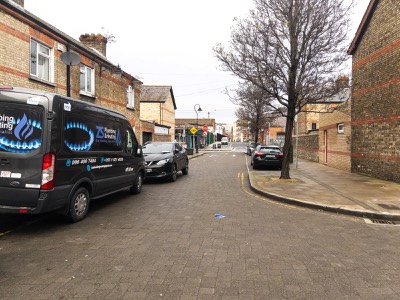
ORMOND SQUARE
-
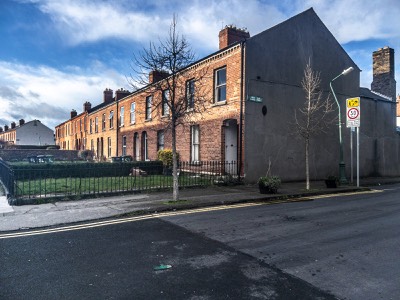
ULSTER STREET
-
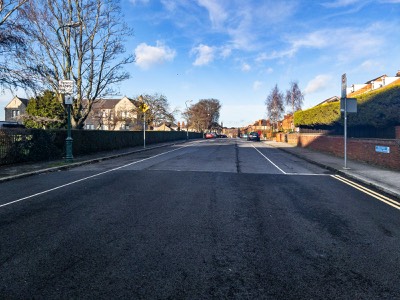
CRAWFORD AVENUE
-
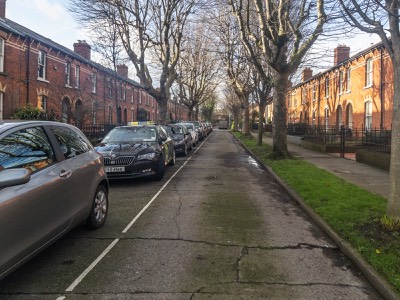
SHANDON DRIVE
-
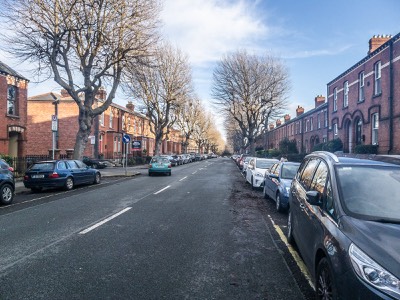
HOLLYBANK ROAD
-
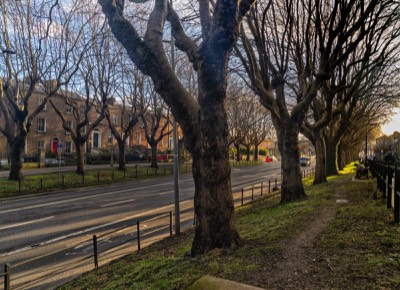
LOWER DRUMCONDRA RD
-
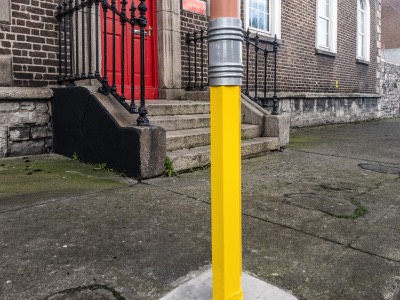
ST. MARY'S PLACE NORTH
-
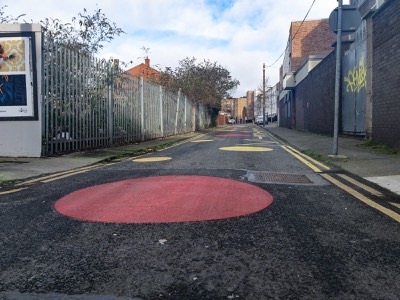
PARADISE PLACE
-
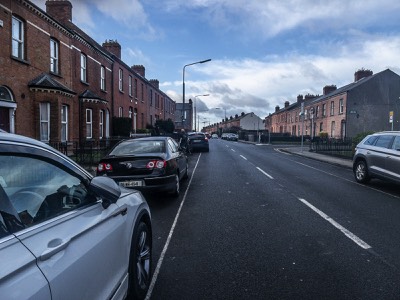
CONNAUGHT STREET
-
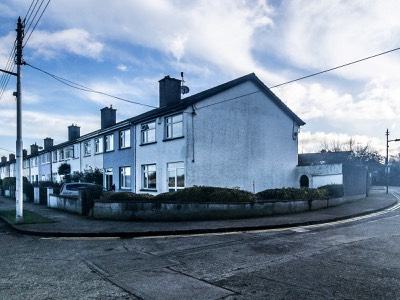
SHANDON GARDENS
-
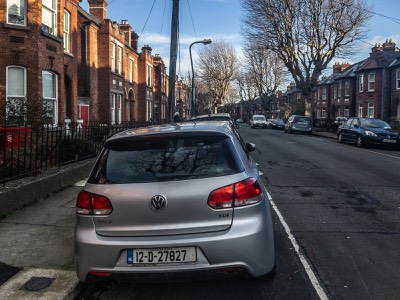
LINDSAY ROAD
-
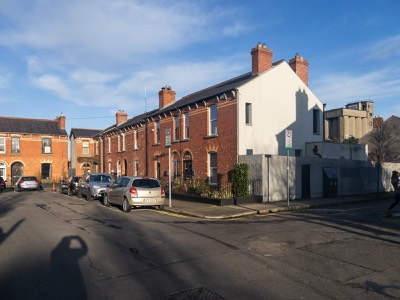
NORTH LEINSTER STREET
-
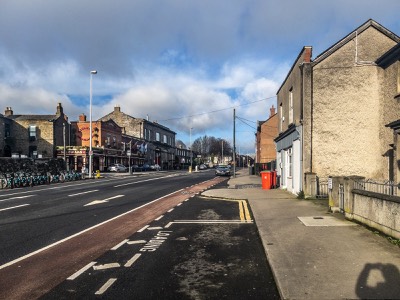
PHIBSBOROUGH ROAD
-
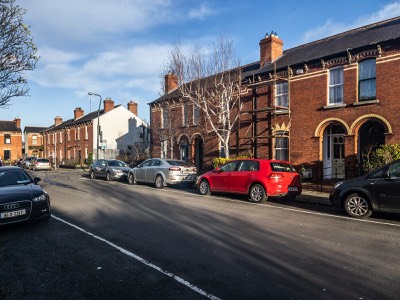
SHANDON ROAD
-
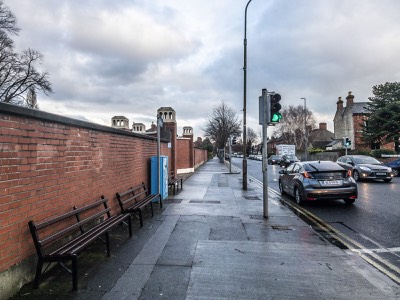
CLONLIFFE ROAD
-
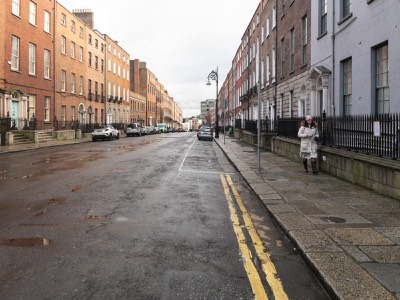
GREAT DENMARK ST.
-
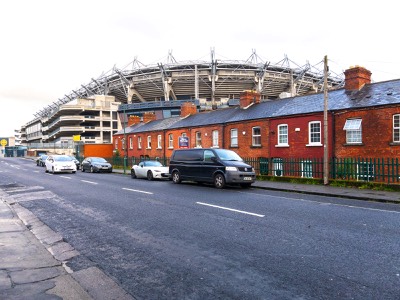
RUSSELL STREET
-
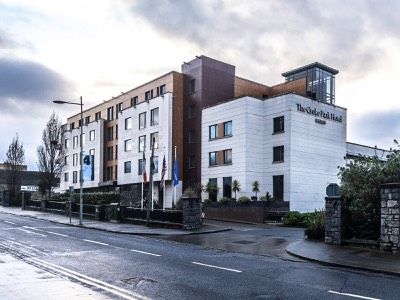
JONES'S ROAD
-
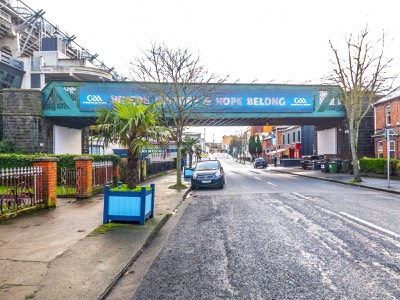
JONES'S ROAD
-
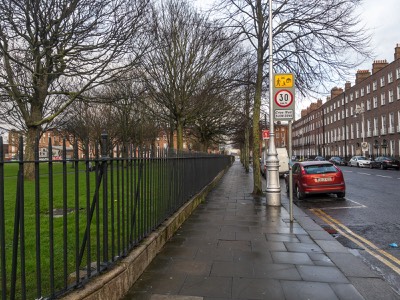
MOUNTJOY SQUARE
-
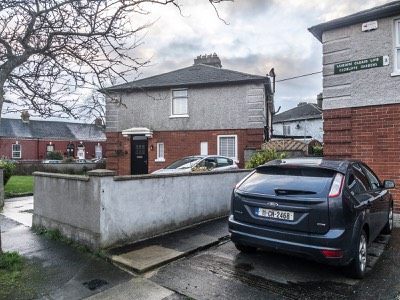
CLONLIFFE GARDENS
-
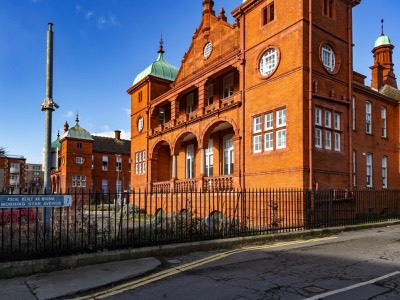
BRUNSWICK STREET
-

AUGHRIM STREET
-
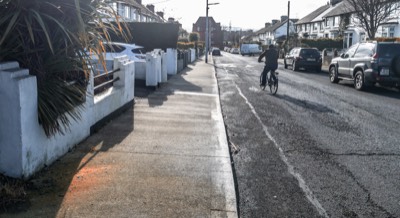
GLENBEIGH ROAD
-
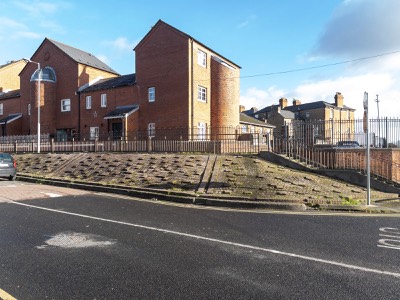
DAVID'S TERRACE
-
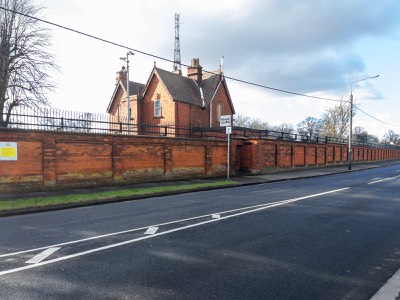
BLACKHORSE AVENUE
-
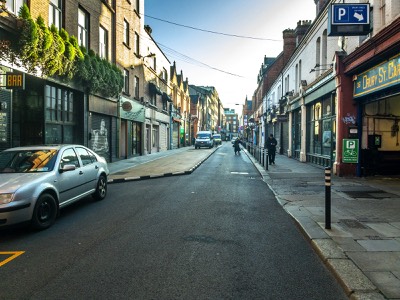
DRURY STREET
-
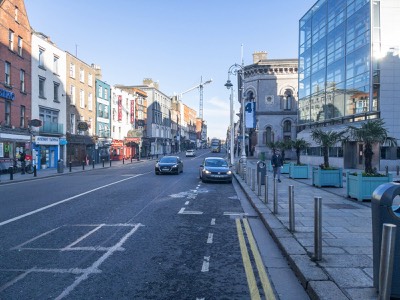
DAME STREET
-
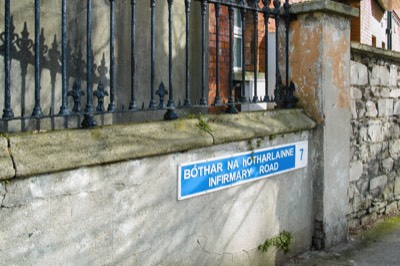
INFIRMARY ROAD
-
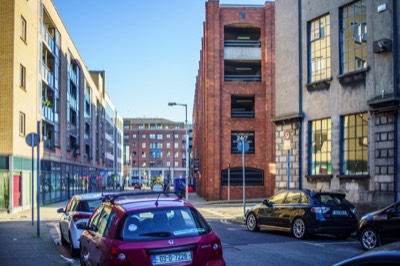
KINGS INNS STREET
-
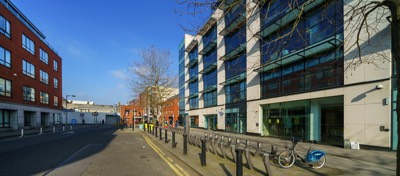
GEORGE'S LANE
-
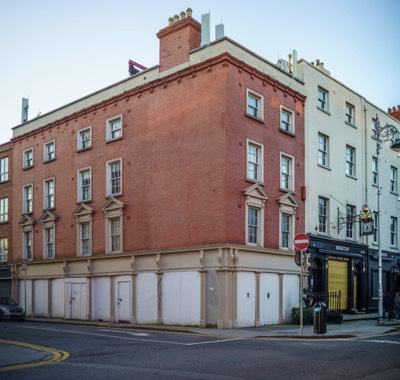
CAPEL STREET
-
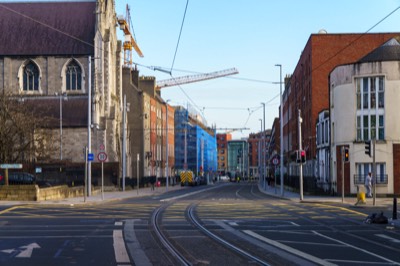
DOMINICK STREET
-
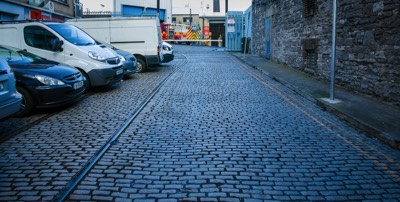
STABLE LANE
-
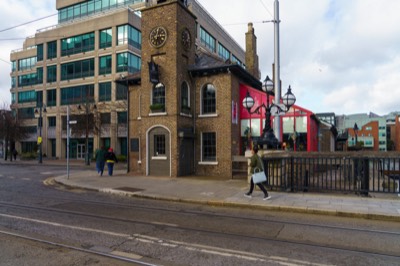
HARBOURMASTER PLACE
-
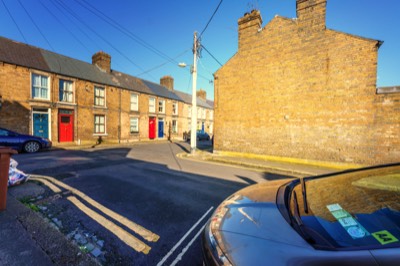
UUBURN STREET
-
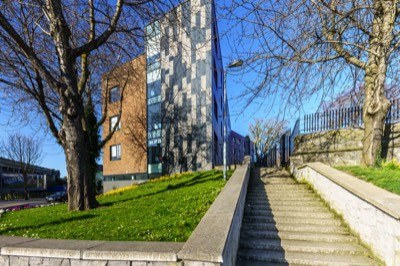
WESTERN WAY
-
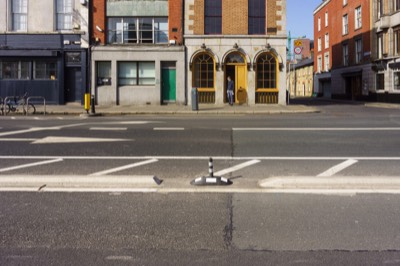
ORMOND QUAY
-
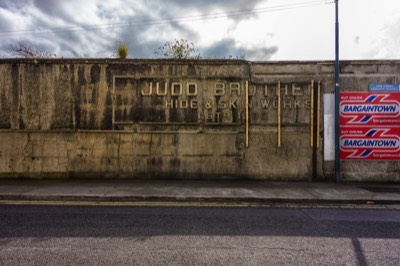
HENDRIK STREET
-
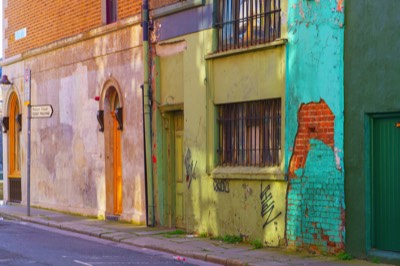
EAST ARRAN STREET
-

GREEN STREET
-
![AT LONG LAST [THE DOORS OF EAST PARNELL SQUARE]](
files/generatedThumb-62-3DE.jpg
)
PARNALL SQUARE EAST
-
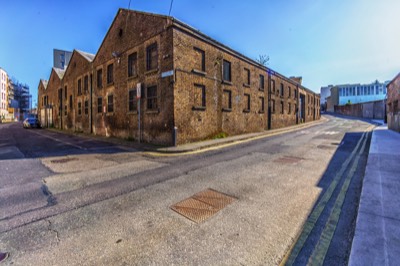
WATLING STREET
-
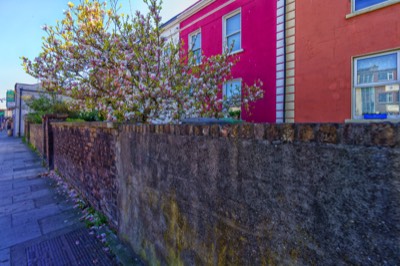
MANOR STREET
-
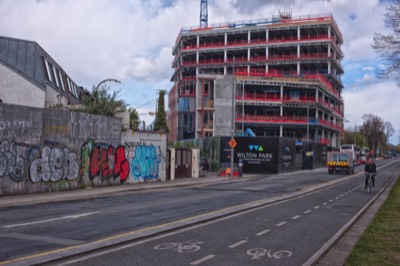
WILTON PLACE
-

RICHMOND VILLAS
-
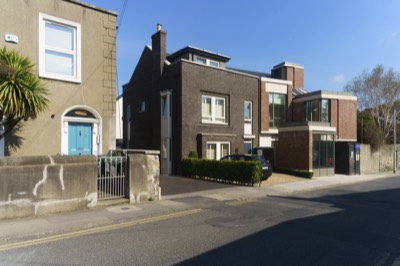
MOUNTPLEASANT AVENUE
-
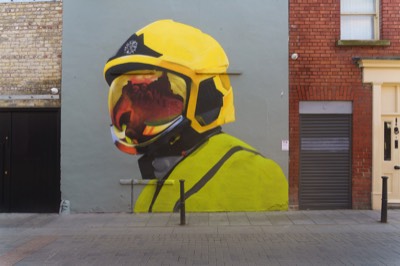
CAMDEN ROW
-
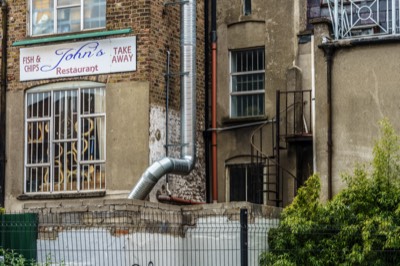
RYDER'S ROW
-
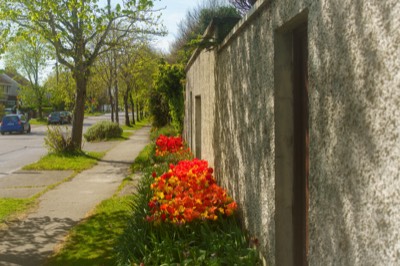
GRIFFITH AVENUE
-
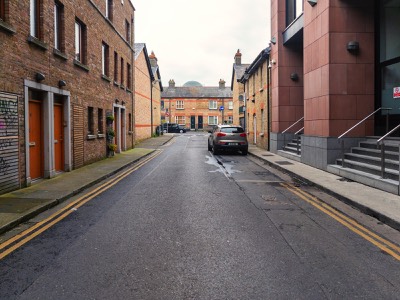
LITTLE STRAND STREET
-
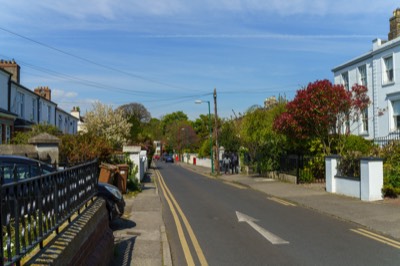
OAKLEY ROAD
-
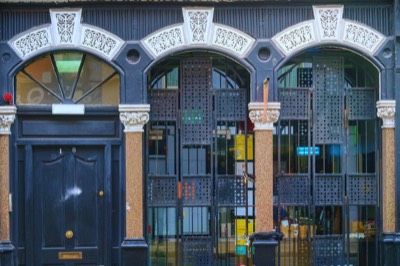
168 CAPEL STREET
-
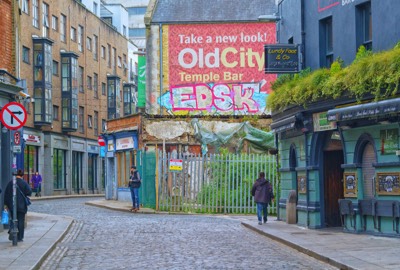
ESSEX GATE
-
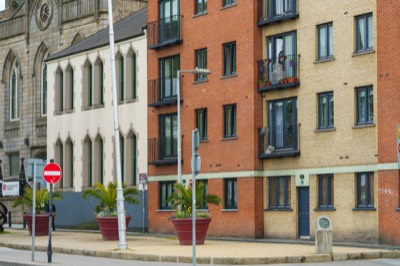
ESSEX QUAY
-
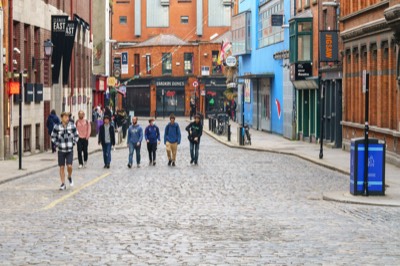
EAST ESSEX STREET
-
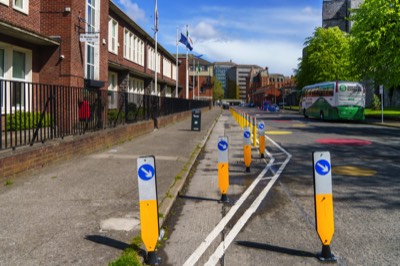
COOK STREET
-
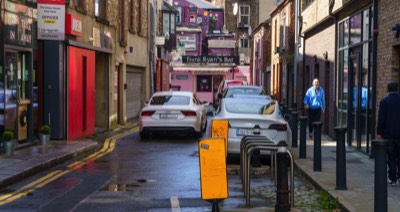
COKE LANE
-
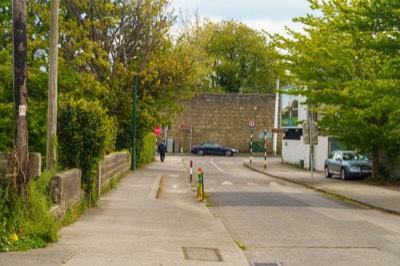
ST COLUMBANUS ROAD
-
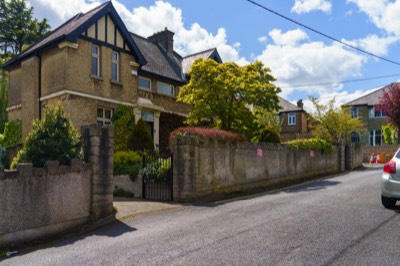
FRANKFORT PARK
-
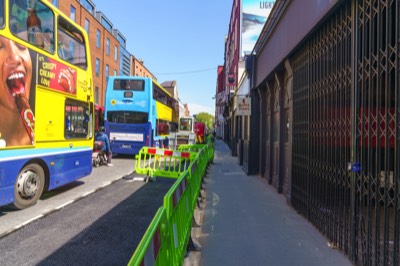
LR BAGGOT STREET
-
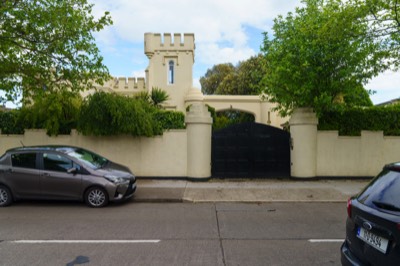
MOUNT PROSPECT AVE
-
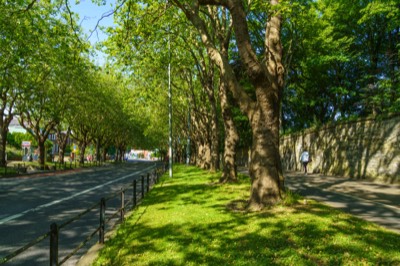
LEAFY STREET
-
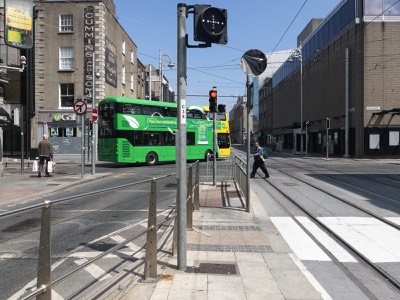
LR ABBEY STREET
COPYRIGHT INFORMATION BELOW APPLIES ONLY TO PHOTOGRAPHS

This work by William Murphy aka Infomatique is licensed under a Creative Commons Attribution-NonCommercial-ShareAlike 4.0 International License.
Permissions beyond the scope of this license may be available at https://excellentstreetimages.com/in-the-year-twentytwenty/copyright/.






















































![AT LONG LAST [THE DOORS OF EAST PARNELL SQUARE]](files/imgFull-62-3DE.jpg)






















